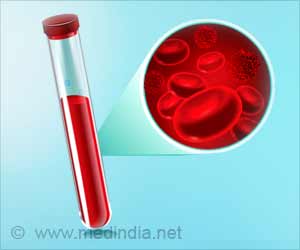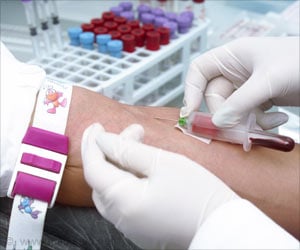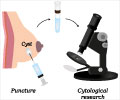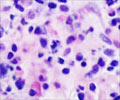The liquid biopsy market is projected to reach USD 20.41 billion by 2033, driven by technological advancements and the rising prevalence of chronic diseases.
- Liquid biopsy market to reach USD 20.41 billion by 2033
- NGS technology enhances accuracy and efficiency
- Non-invasive biopsies preferred for continuous monitoring
Liquid biopsies: the future of cancer early detection
Go to source).
Liquid biopsies can non-invasively detect cancer through blood tests, offering precise treatment options. #cancerdetection #biotech’
What is Liquid Biopsy?
A liquid biopsy is a blood test that detects circulating tumor cells (CTCs) and circulating tumor DNA (ctDNA) to identify malignant tumors. Unlike traditional tissue biopsies, liquid biopsies are less invasive and can be repeated as often as necessary, offering a way to monitor patient progress and tailor treatments effectively. Liquid biopsies are particularly beneficial for patients with metastatic cancer who are not responding to existing therapies. They can provide genetic information about tumors, helping healthcare professionals determine the most suitable treatment options.The Evolution and Impact of Liquid Biopsies
1. Technological Advancements: The development of new technologies, such as Next-Generation Sequencing (NGS) and Polymerase Chain Reaction (PCR), has significantly enhanced the accuracy and efficiency of liquid biopsies. NGS, in particular, has revolutionized the field due to its ability to detect rare genetic variations, high throughput, and cost-effectiveness.2. Increasing Prevalence of Chronic Diseases: The rising incidence of cancers, such as lung, breast, prostate, and colorectal cancers, has fueled the demand for liquid biopsies. These tests offer a non-invasive method for early detection, prognosis, and monitoring of these diseases.
3. Non-Invasive Nature: Liquid biopsies are less invasive compared to traditional tissue biopsies, reducing patient discomfort and the risk of complications. This makes them a preferred option for continuous monitoring of disease progression and response to treatment.
Driving Forces and Regional Dynamics in the Liquid Biopsy Market
The liquid biopsy market can be segmented based on technology, usage, sample type, circulating biomarkers, products, indication type, and clinical application.- Technology: NGS dominated the market in 2023, while PCR is expected to be the most opportunistic segment during the forecast period.
- Sample Type: Blood sample-based tests are the most commonly used, owing to their reliability and ease of access.
- Circulating Biomarkers: Cell-free DNA (cfDNA) holds a significant share of the market due to its ability to provide genetic insights into a person’s health and potential diseases.
- Products: Kits and consumables are the largest revenue contributors, driven by the need for easy-to-use and accessible testing options.
- Indication Type: Lung cancer is the leading indication for liquid biopsy usage, followed by breast, prostate, and colorectal cancers.
- Clinical Application: Screening remains the dominant application, highlighting the importance of early disease detection and monitoring.
Asia Pacific is expected to grow at the fastest rate, the Asia Pacific region benefits from a rapidly expanding biotech industry and increasing collaborations between local and international companies. The growing aging population, which is more susceptible to cancer, further drives the demand for liquid biopsies.
Developments in Liquid Biopsy
Researchers at the Johns Hopkins Kimmel Cancer Center developed a liquid biopsy using artificial intelligence to detect DNA fragment patterns associated with lung cancer. This innovation aims to enhance lung cancer screening and reduce mortality rates by identifying high-risk patients.A new liquid biopsy technique was developed to accurately detect early-stage pancreatic cancer, which is crucial for early intervention and treatment.
The liquid biopsy market is poised for substantial growth in the coming years, driven by technological advancements and an increasing need for non-invasive diagnostic tools. With continued innovation and expanding applications, liquid biopsies are set to revolutionize cancer detection and treatment, offering a promising outlook for patients and healthcare providers alike.
Reference:
- Liquid biopsies: the future of cancer early detection - (https://www.ncbi.nlm.nih.gov/pmc/articles/PMC9922467/)
Source-Medindia















